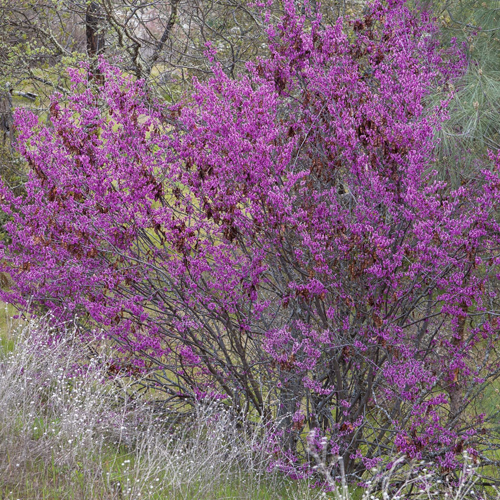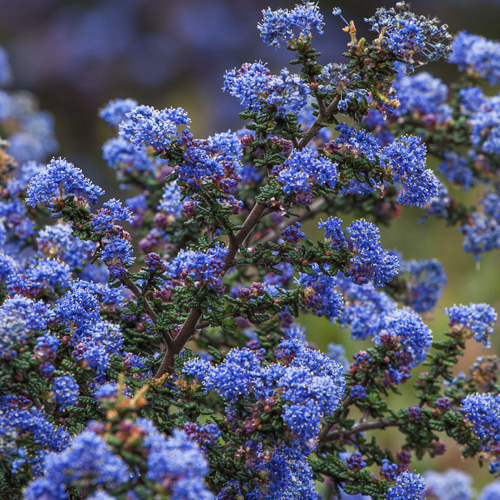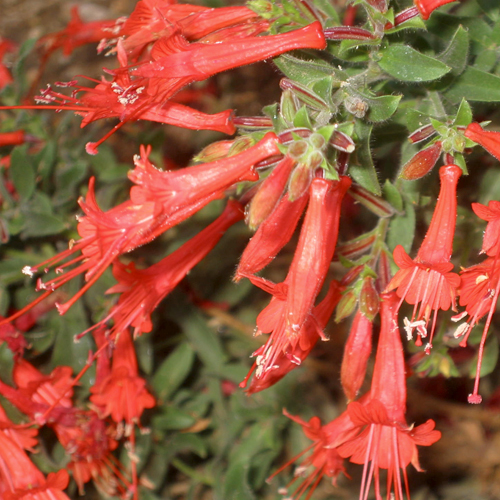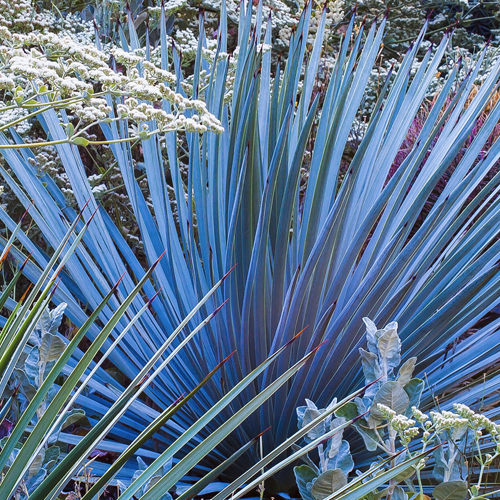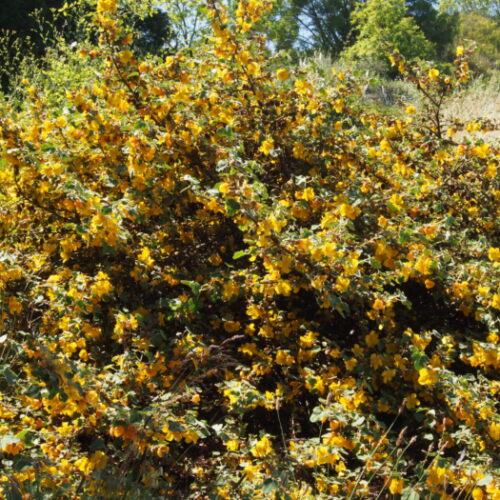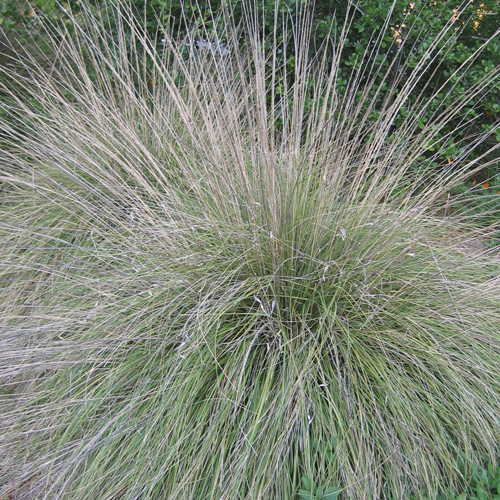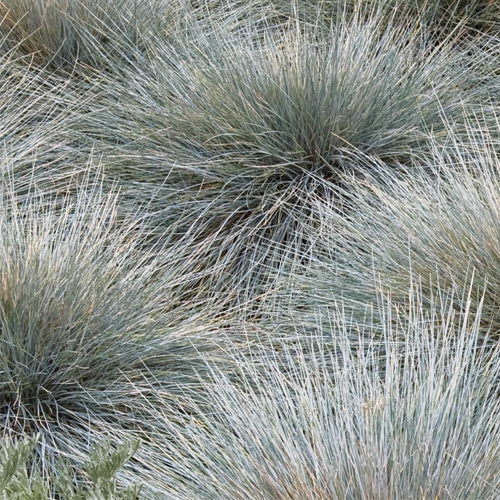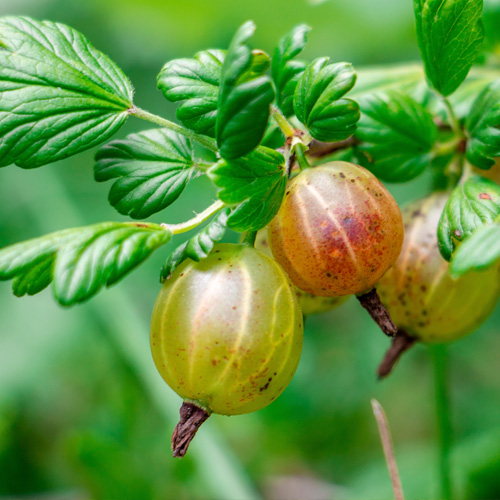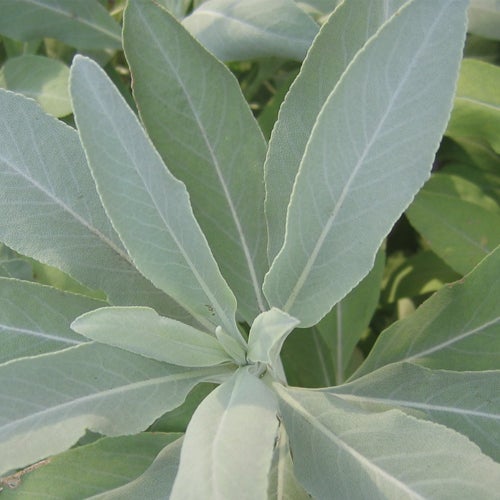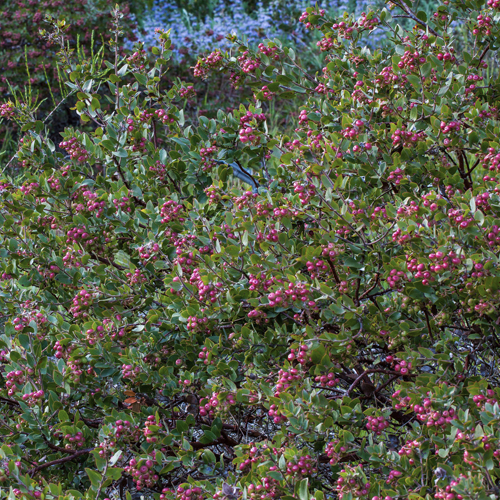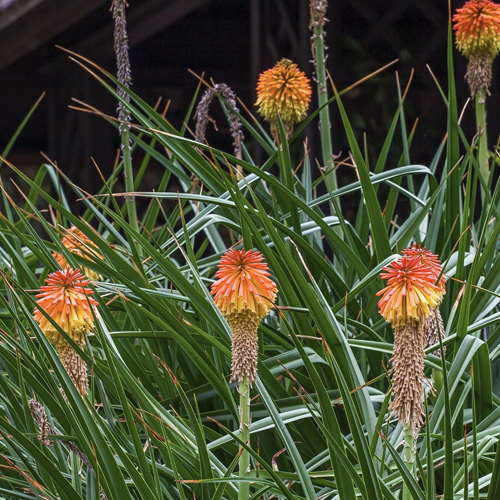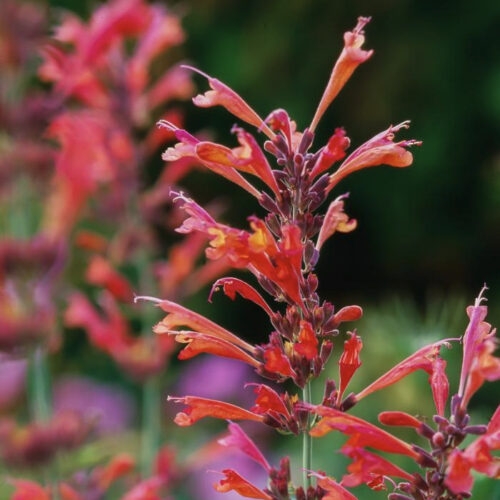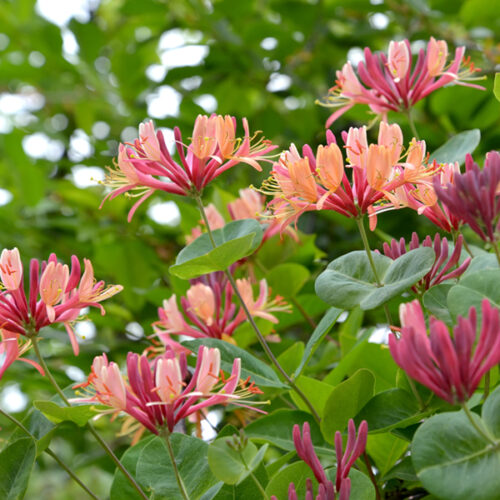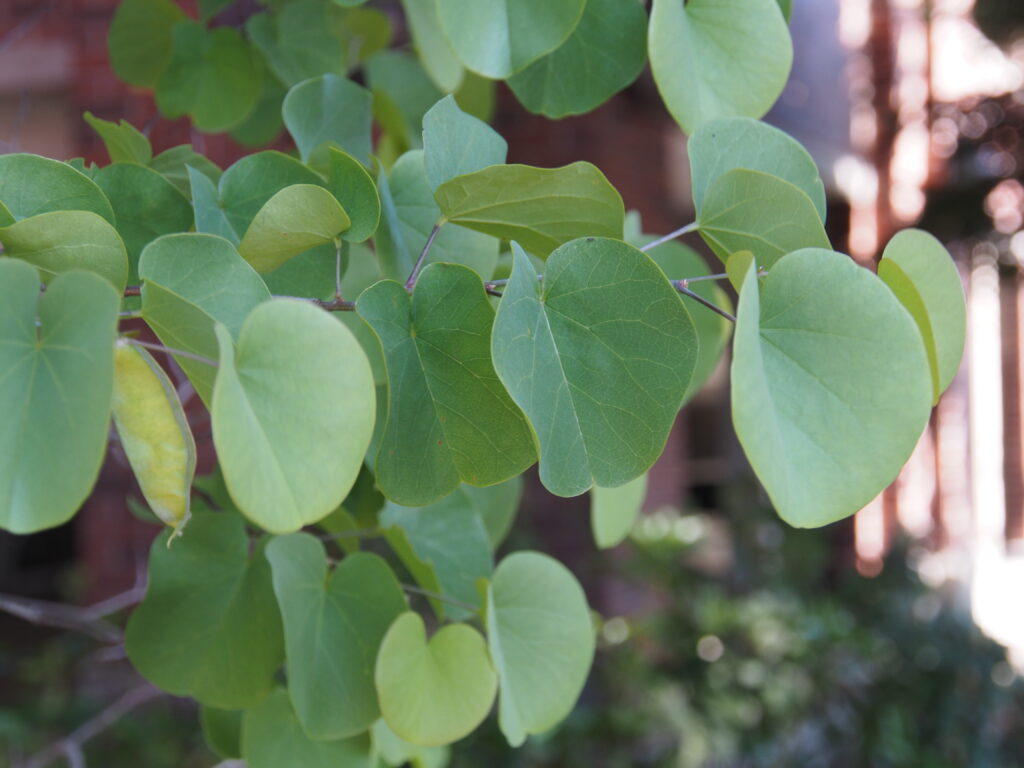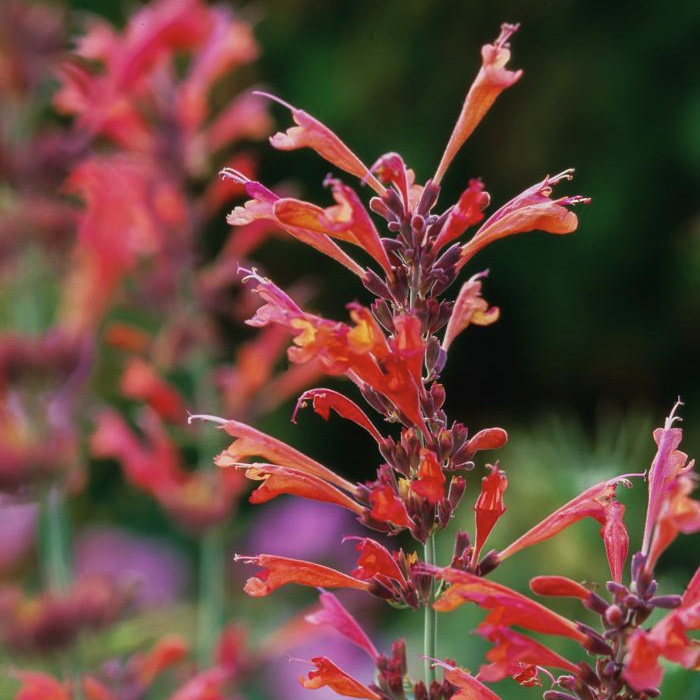Birdland
BACK TO FULL TOUR
Garden Features
Drought Tolerant
California Natives
Deer Resistant
Drip Irrigation
Pesticide Free
Reclaimed/Recycled Materials
Sheet Mulching
Lawn Conversion
Lawn-Free Landscaping
Wildlife Habitat
We are visited by so many birds all year long, that we named our place Birdland! The vision began in 2020 and we started creating our first botanical native gardens in February 2021 with the garden beds facing the street. We wanted to create a visually appealing entrance with native Redbuds, Ceanothus and CA Fuschia that would provide lots of color and texture. In the Spring, we installed the 2 gardens just inside the fence, on either side of the entrance. The Rock garden, which gets lots of sun, proved to be more challenging because we wanted to expand the upper driveway, requiring us to move earth and install big rocks (rip rap); a bargain compared to a retaining wall. We installed a walkway to make strolling easier. The Urn garden included existing Olive trees and Ceanothus. We planted predominantly natives, along with some succulents.
The patio gardens were already in place when we bought the property in 2019, and will receive new plants now and then. The backyard was our biggest project in October of 2021. We started with a yard of weeds, sheet mulched it in the spring of 2021, to prepare it for the October installation. Now entering its 3rd spring, it is a joy to view everyday. With influence from the Mendocino Botanical Gardens, we created 2 islands in the middle, with berms to add height. Most of the rocks were found on our property and collected to create the garden bed outlines.
The shrubs against the deer fence down below in the back, will eventually grow to cover the fence and provide food and shelter to the birds and bees and butterflies. The most recent installation of garden beds are the two in front of the garage. After our road and drainage improvement project, and addition of the 5500 gallon water tank, the two spaces were begging to be planted. There is one project to be completed this fall in the secret garden. We have started it by planting the Jasmine 2 years ago and the dry creek bed last year. It will be ready for next year’s tour!
All of our gardens are on the Rachio irrigation system, with 3 sets of 5 valves each around the property. We expect that after a few years, we will be able to reduce the water use to much less.
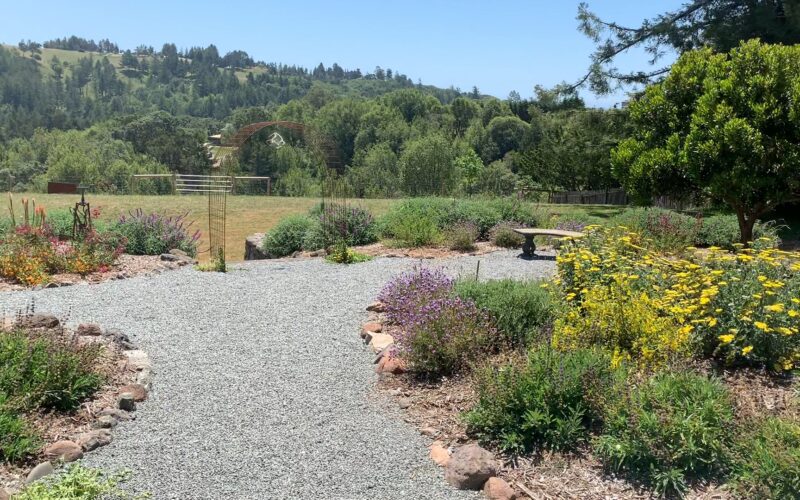
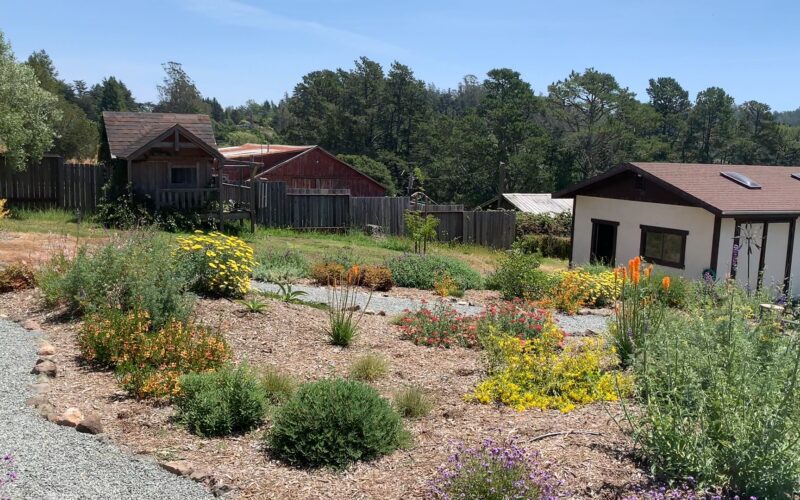
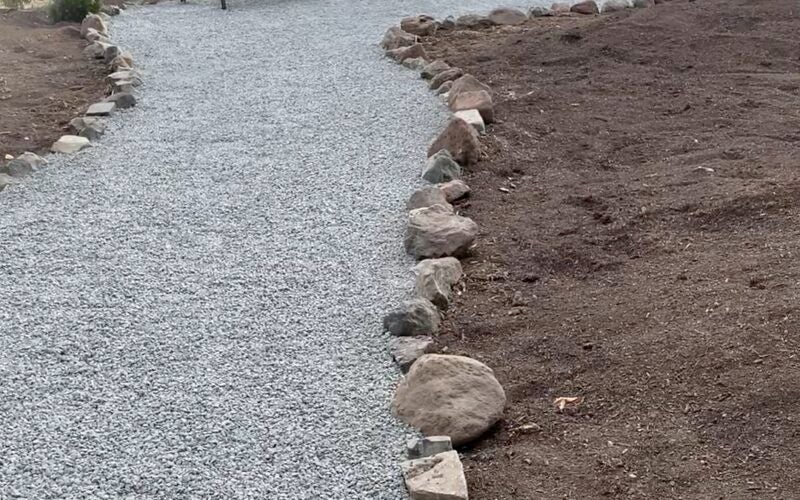
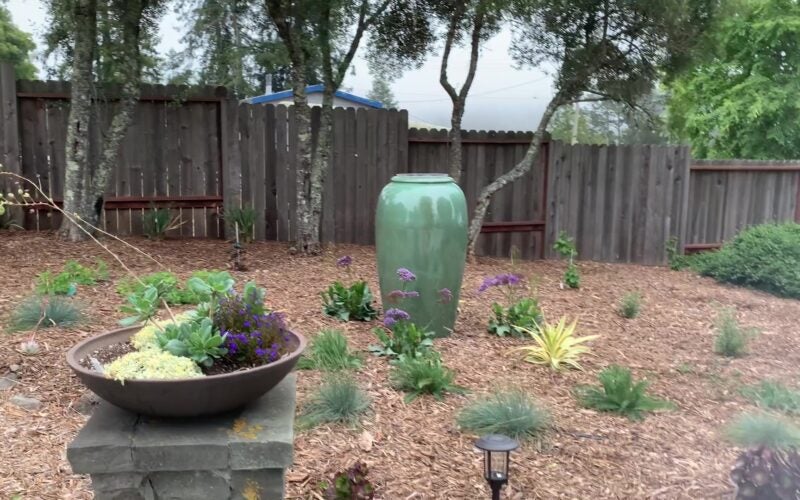
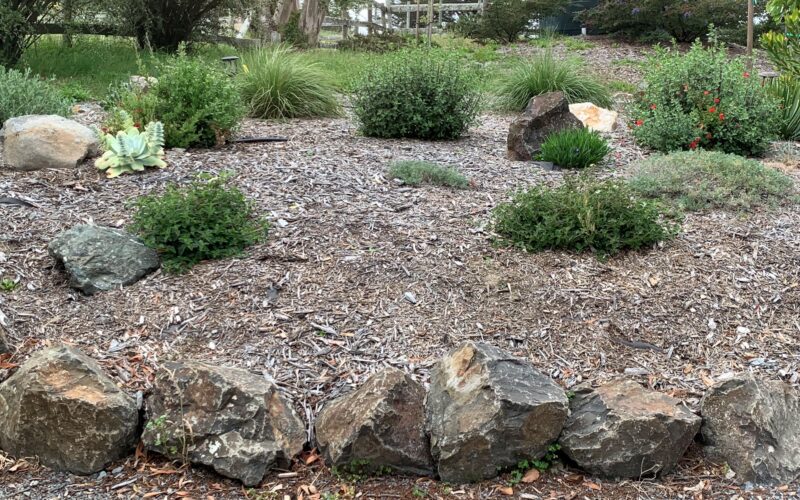
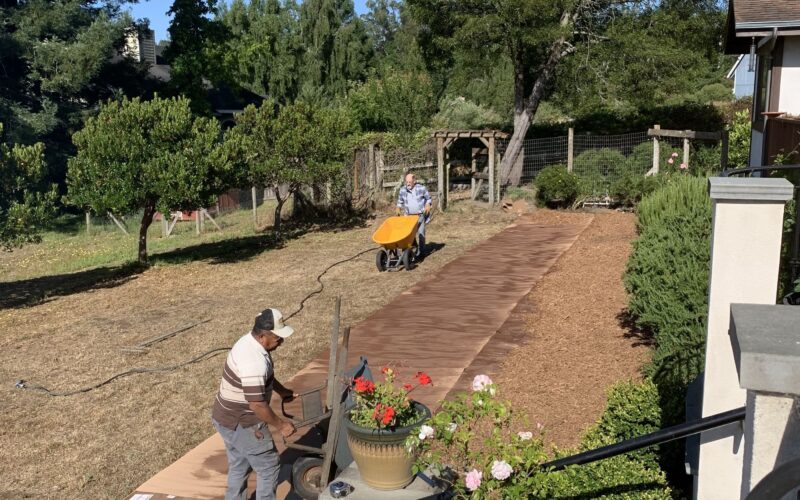
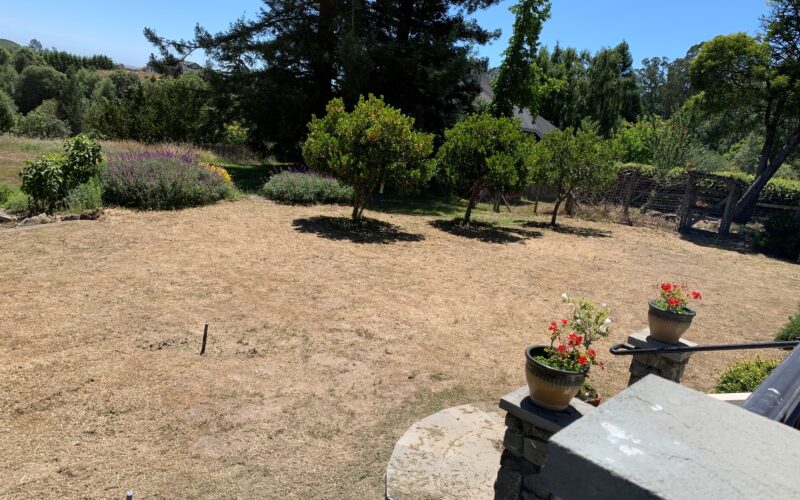
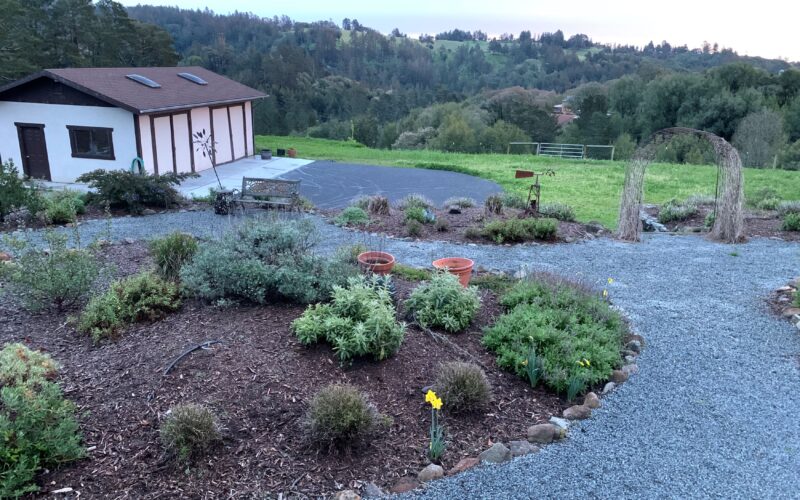
Plants in this Garden
Favorite Plants
Ceanothus
It is so prolific and beautiful, easy to grow.
Mimulus
Because it comes in so many colors and maintains its blooms for many months.
Kniphofia
Because of its architectural addition to the garden and it is always a surprise.
Epilobium
It has so many varieties!
Cercis occidentalis
Because it has so much beauty in every season.
Favorite Garden Suppliers
Cal Flora Nursery
2990 Somers Street Fulton
Recommended Resources
Create a Mediterranean Garden
Written by BarronSunset Garden Design
Sunset Western Garden Book
Gardening Tips
Read a lot, determine the elements (light, soil, drainage) and plant accordingly.
Start planning 9-12 months out- you may need to sheet mulch, prepare the soil, create a plant list and start shopping online- get plant lists.
Prepare to plant in the fall if you are planting natives.
